Lecture 4
Generative AI
September 5, 2025
The Concepts of AI
What is AI?
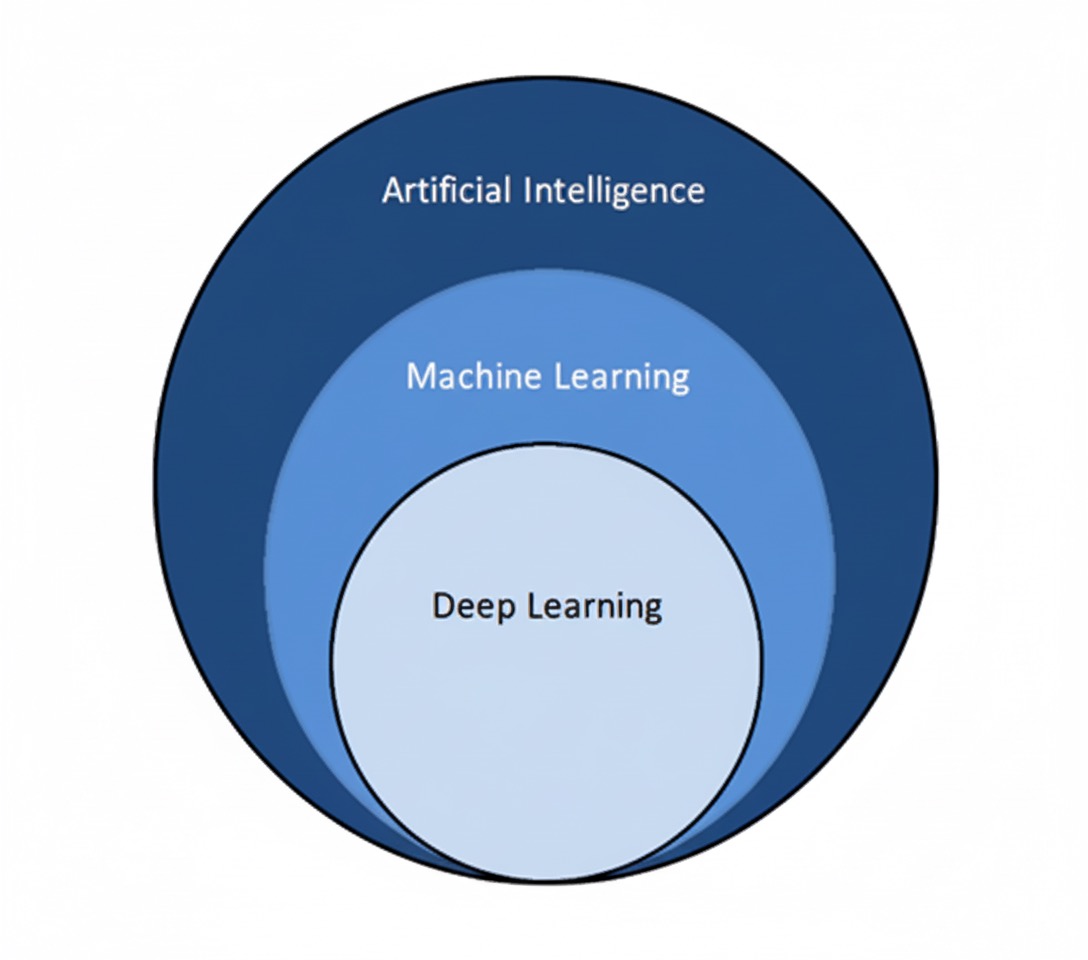
- Artificial Intelligence (AI): Techniques that enable machines to perform tasks associated with human intelligence (perception, reasoning, learning, generation, action).
- In practice today: machine learning algorithms trained on data to make predictions or generate outputs.
- Sub‑areas: machine learning; deep learning; generative models.
What is Deep Learning?
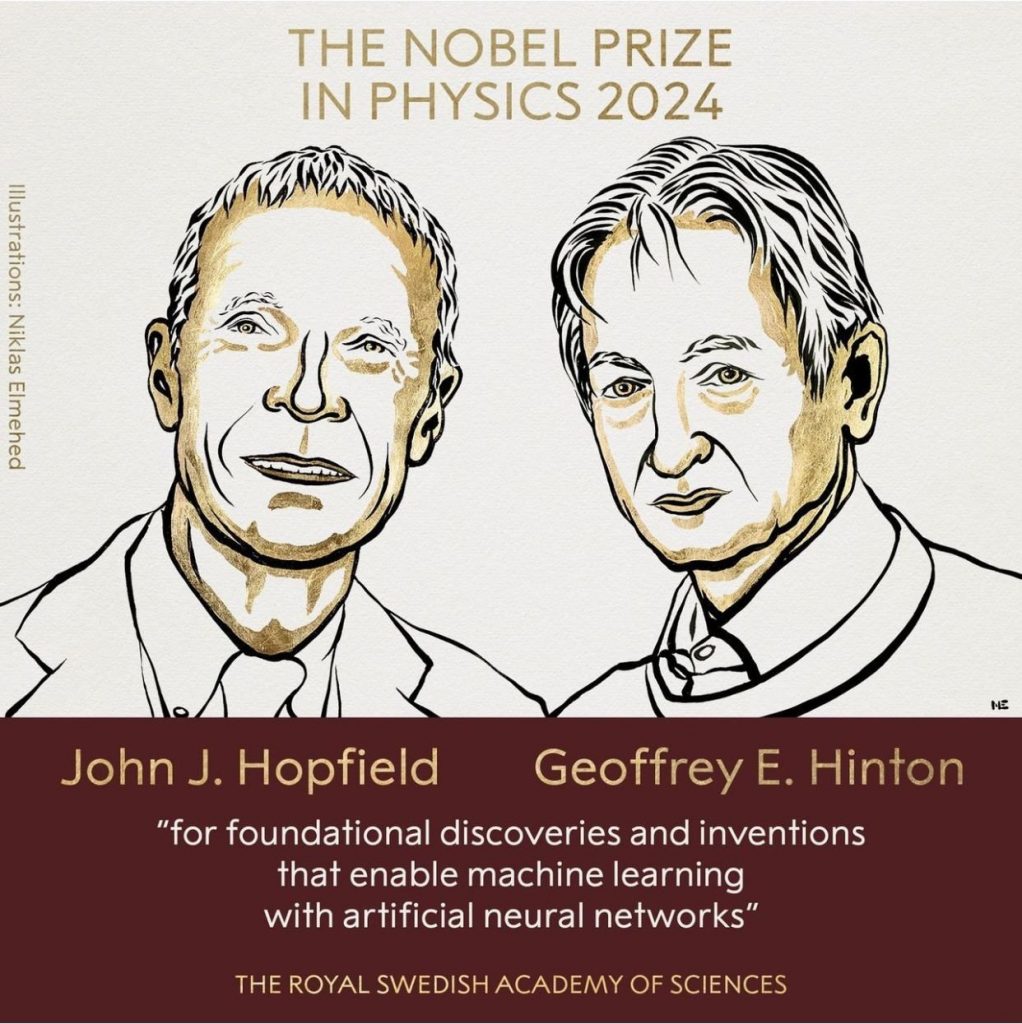
- Deep learning is an advanced machine learning methodology.
- All deep learning is machine learning, but not all ML is deep learning.
- It combines statistics, mathematics, and neural network architecture.
- All deep learning is machine learning, but not all ML is deep learning.
- Deep learning is particularly suited for complex tasks that involve unstructured data, such as:
- Images 🖼️
- Texts 📝
- Sounds 🎵
- e.g., Image recognition
- Images 🖼️
What is a Neural Network?
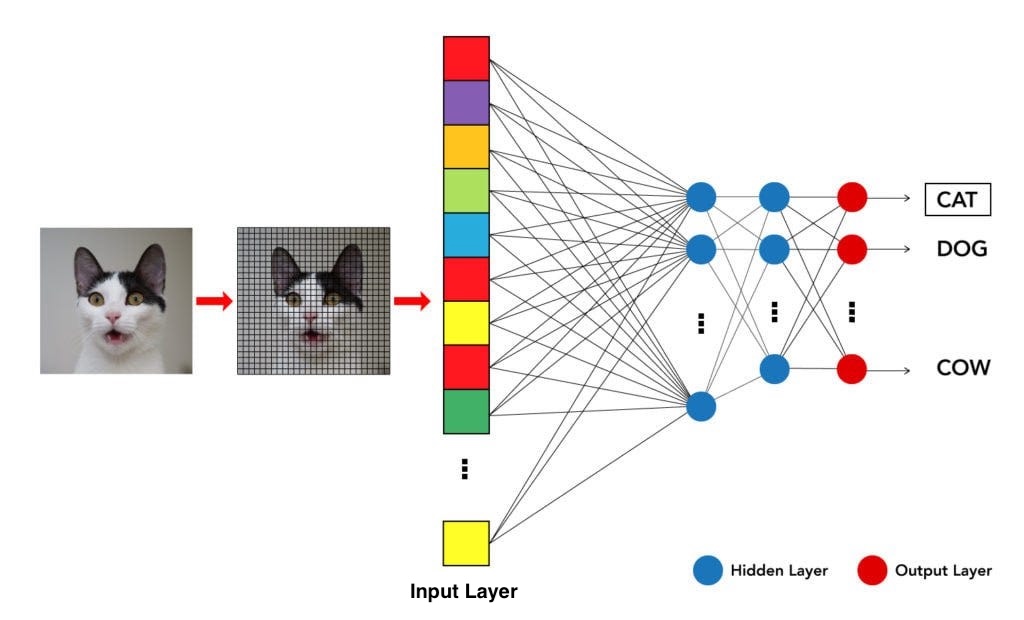
A neural network is a method in AI inspired by the way the human brain processes information.
It uses interconnected nodes (neurons) arranged in layers:
- Input layer → receives data
- Hidden layers → transform data through computations
- Output layer → produces the result
- Input layer → receives data
What is a Weight in a Neural Network?
- Each connection between neurons carries a weight:
- Determines the strength and importance of the input.
- During training, these weights are adjusted to improve predictions.
- With multiple layers, networks capture intricate connections and represent complex patterns in data.
- Determines the strength and importance of the input.
What is a Token?
- A token is the smallest unit of text an LLM processes.
- Input & Output are measured in tokens, not words.
- It can be:
- A single character (
a,!)
- A whole word (
dog,house)
- A part of a word (
play+ing)
- A single character (
- Examples of Tokenization
"cat"→ 1 token
"playing"→ 2 tokens (play,ing)
"extraordinary"→ 2 tokens (extra,ordinary)
What is an LLM?
Large Language Model (LLM): A neural network trained on vast text (and often code) to model the probability of the next token.
Capabilities emerge: dialogue, summarization, code generation, reasoning heuristics, tool use (e.g., ChatGPT, Claude, Gemini, Copilot, Grok).
Limitations: hallucinations (confidently wrong), training bias, context limits (a fixed number of tokens), lack of grounding.
Introduction: Living and Working with AI
The “Three Sleepless Nights”
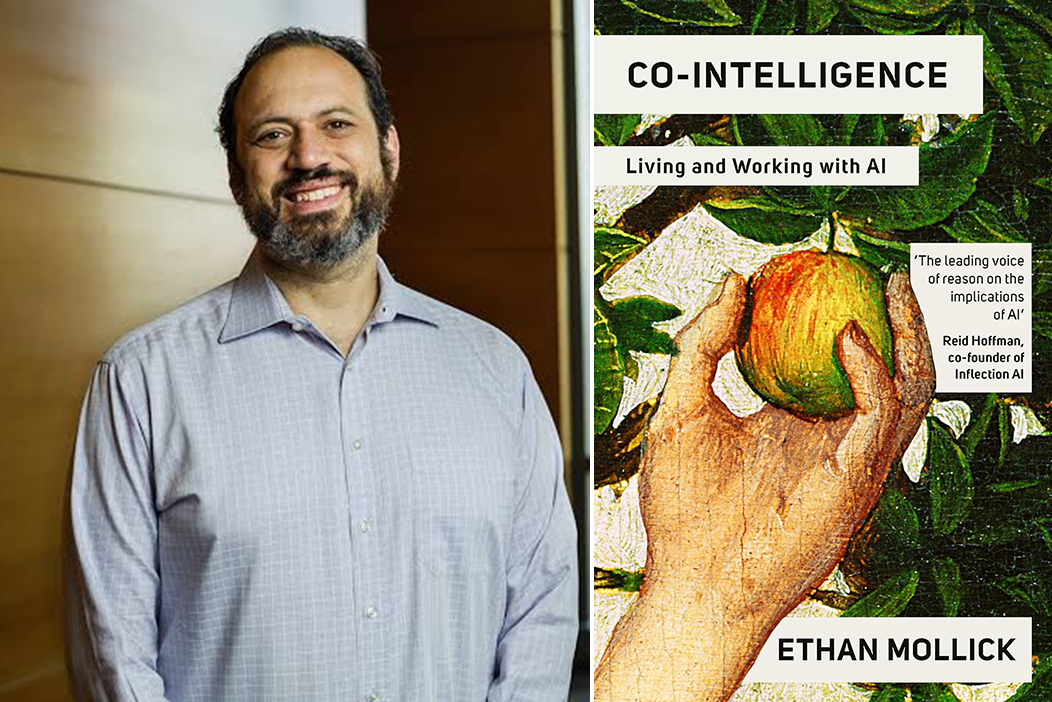
- After hands‑on use, many realize LLMs don’t behave like normal software; they feel conversational, improvisational, even social.
- This triggers excitement and anxiety: What will my job be like? What careers remain? Is the model “thinking”?
- The author describes staying up late trying “impossible” prompts—and seeing plausible solutions.
- Key takeaway: Perceived capability jump → a sense that the world has changed.
A Classroom Turning Point
- In late 2022, a demo for undergrads showed AI as cofounder: brainstorming ideas, drafting business plans, even playful transforms (e.g., poetry).
- Students rapidly built working demos using unfamiliar libraries—with AI guidance—faster than before.
- Immediate classroom effects:
- Fewer raised hands (ask AI later); polished grammar but iffy citations.
- Early ChatGPT “tells”: formulaic conclusions (e.g., “In conclusion,” now improved).
- Atmosphere: Excitement + nerves about career paths, speed of change, and where it stops.
Why This Feels Like a Breakthrough
- Generative AI (esp. LLMs) behaves like a co‑intelligence: it helps us think, write, plan, and code.
- The shift is not just speed; it’s new forms of interaction (dialogue, iteration, critique).
- For many tasks, the bottleneck moves from doing → directing (prompting, reviewing, verifying).
- Raises new literacy needs: prompt craft/engineering, critical reading of outputs, traceability, and evaluation.
Prompt Engineering
The practice of designing clear, structured inputs to guide generative AI systems toward producing accurate, useful, and context-appropriate outputs.
Basic prompt
“Explain climate change.”
Engineered prompt
“Explain climate change in simple terms for a 10-year-old using a short analogy and two examples.”
General Purpose Technology (GPT — the economic term)
- A General Purpose Technology = a pervasive technology that transforms many sectors (steam power, electricity, internet).
- Reading’s claim: Generative AI may rival or exceed prior GPTs in breadth and speed of impact.
- Adoption dynamics:
- Internet took decades (ARPAnet → web → mobile).
- LLMs spread to mass use in months (e.g., ChatGPT hitting 100M users rapidly).
- Implication: Organizations and individuals must learn in real time—no long runway.
Capability Scaling & the Pace of Change
- Model scale (data, parameters, compute) has correlated with capability jumps across domains.
- Progress may slow, but even “frozen‑in‑time” AI is already transformative for many workflows.
- Takeaway: Plan for non‑linear improvements and frequent tool refresh.
Early Productivity Effects
- Studies summarized in the reading describe 20–80% productivity gains across tasks (coding, marketing, support), with caveats.
- Contrast noted with historical technologies (e.g., steam’s ~18–22% factory gains; mixed labor productivity evidence for PCs/Internet).
- Caution: results vary by task, data privacy, oversight, and evaluation rigor.
Beyond Work: Education, Media, Society
- Education: AI tutors, personalized feedback, changes to writing/assessment.
- Media & entertainment: personalized content; industry disruption.
- Information quality: misinformation scale and detection challenges.
- Identity & creativity: collaboration with “alien” co‑intelligence; authorship questions.
LLM’s Common Pitfalls & How to Avoid Them
- Hallucinations: Ask for sources; cross‑check; use retrieval tools where allowed.
- Shallow prompts: Specify role, audience, tone, constraints, and evaluation criteria.
- Over‑automation: Keep humans in the loop for judgment calls and ethics.
- Privacy/IP: Avoid pasting sensitive data; follow policy and license terms.
How We’ll Use AI in DANL 101
In our DANL 101, the use of generative AI will be allowed for coding and a project.
- Note that exams are paper-based.
Treat AI as a co‑pilot for: clarifying concepts, brainstorming, code debugging, style/grammar critique.
Your responsibilities:
- Verify facts, reasoning, math, and code; cite substantive AI assistance when allowed.
- Avoid hallucination traps.
- Respect academic integrity and any assignment‑specific AI rules.
Build habits: prompt → check → revise → document.
Q: Where do you draw the line between assistance and authorship? Please work on Classwork 1.
The Concepts of AI (continued)
What is Labeled Data?
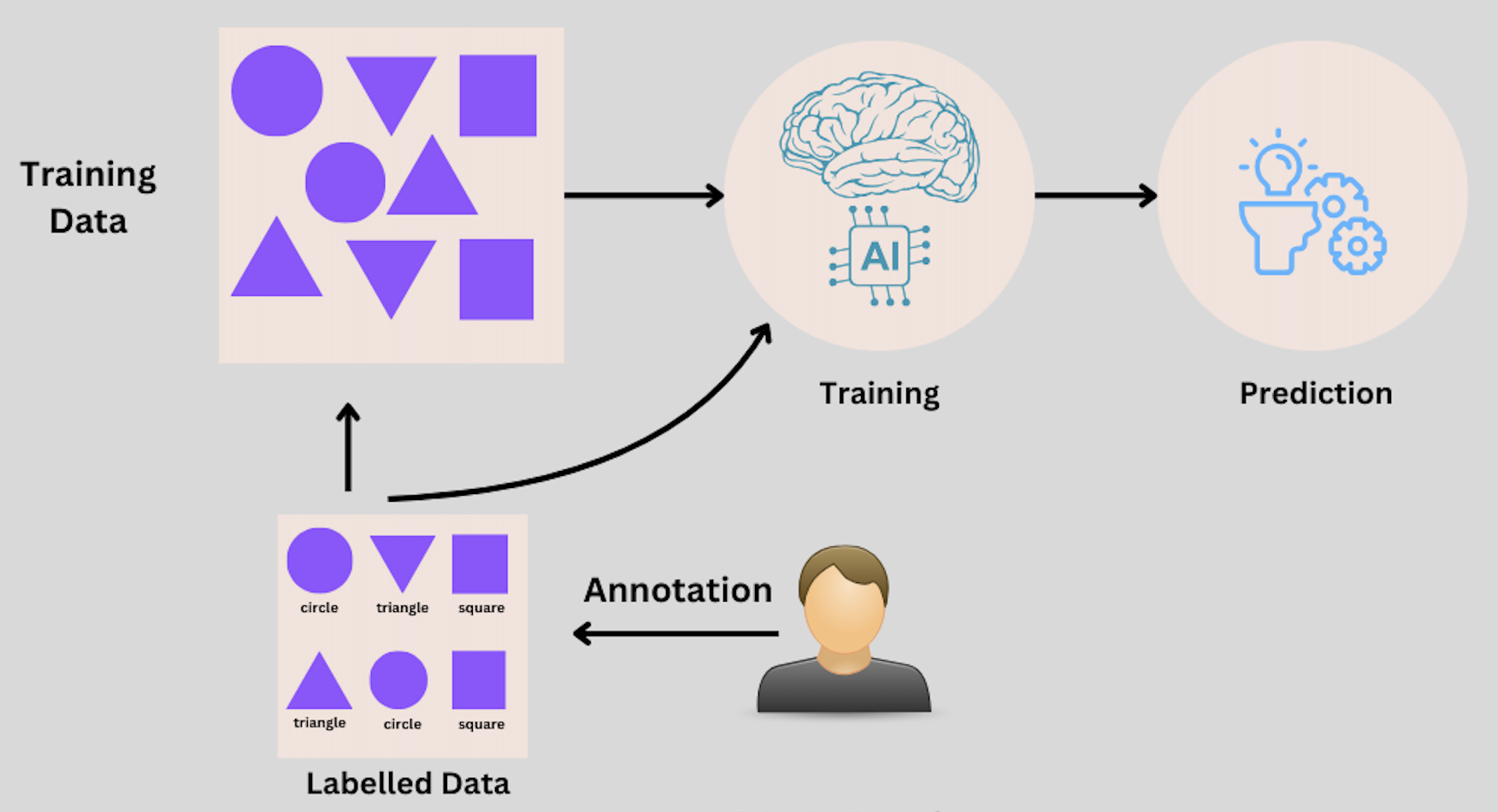
- Definition: Data that comes with the correct answer attached.
- Good labels = better learning.
- Sources of labels: human annotators, experts, user clicks/ratings, existing records.
- Challenge: Creating labeled data can be expensive and sometimes subjective.
- Example: Companies like Scale AI use ML to make the labeling process faster and more consistent.
Note
- Takeaway: Labeled data is the “answer key” that makes supervised learning possible.
What is Supervised Learning?
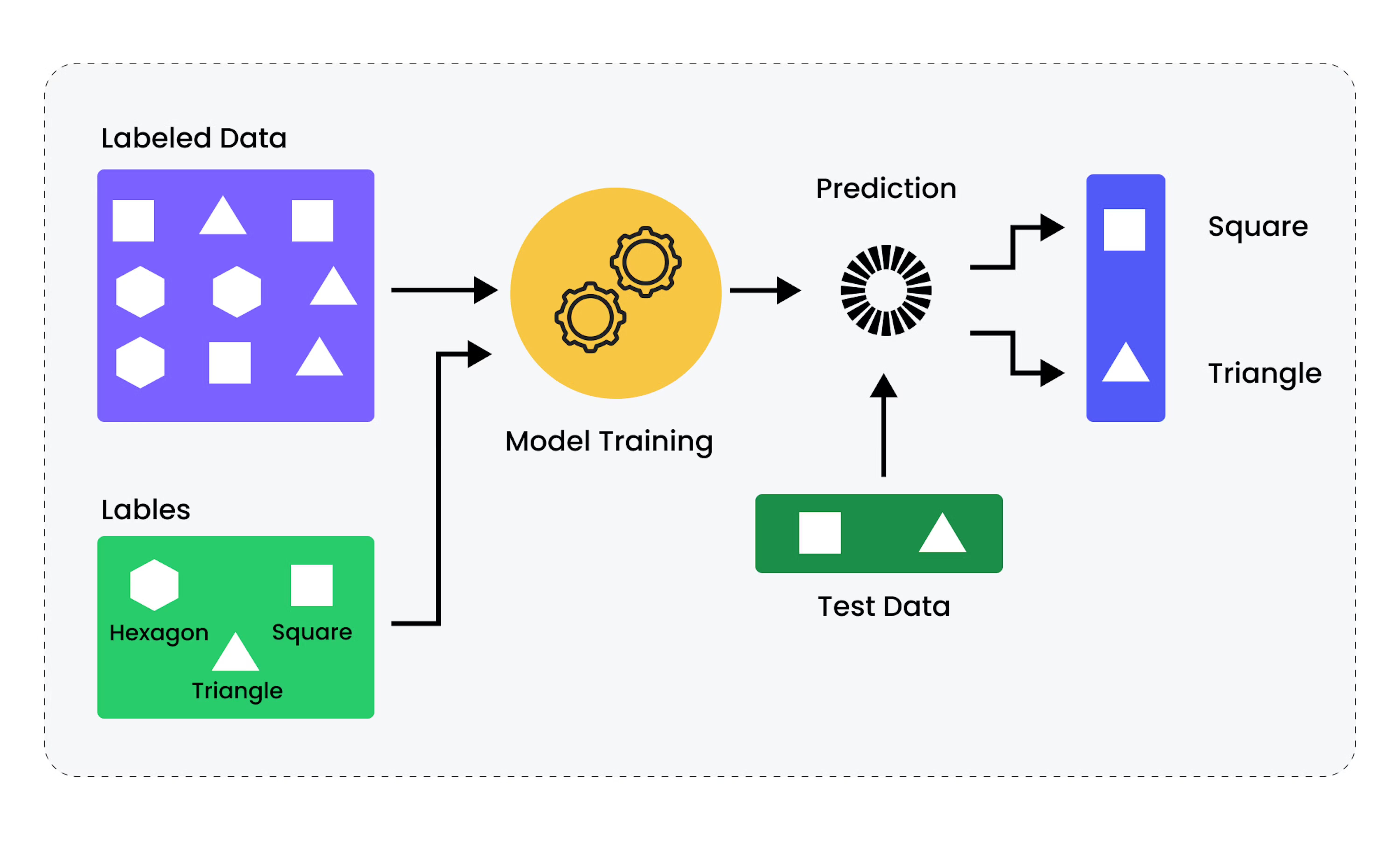
- Idea: Learn from examples with answers.
- Like studying with flashcards: front = input, back = correct answer.
- The computer sees many input–answer pairs and learns to predict the answer for new inputs.
Examples:
- Classification
- Email → Spam / Not Spam
- Photo → Cat / Dog
- Regression
- House features → 🏠 Price($)
Note
- Most practical AI in business uses this approach.
- Takeaway: Supervised learning = “learn by example + answer key.”
What is Unsupervised Learning?
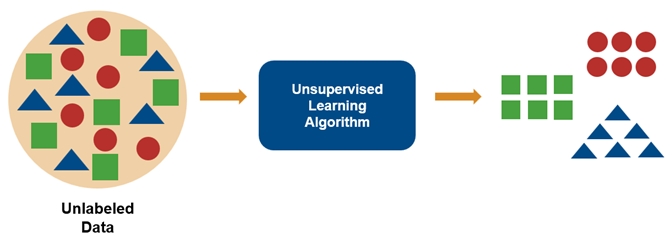
- Idea: Learn patterns from data without answers.
- Like sorting a box of photos with no labels: the computer groups them by similarities.
- The model discovers hidden structure in the data on its own.
Examples:
- Clustering: Customers → Shopping clusters (Segmentation)
- Association Rules: Movies → Similar genres (Recommendation)
- Topic Modeling: Text Documents → Topic groups
Note
- Useful for exploration and discovery when labels aren’t available.
- Takeaway: Unsupervised learning = “find patterns without an answer key.”
What is Attention Mechanism?
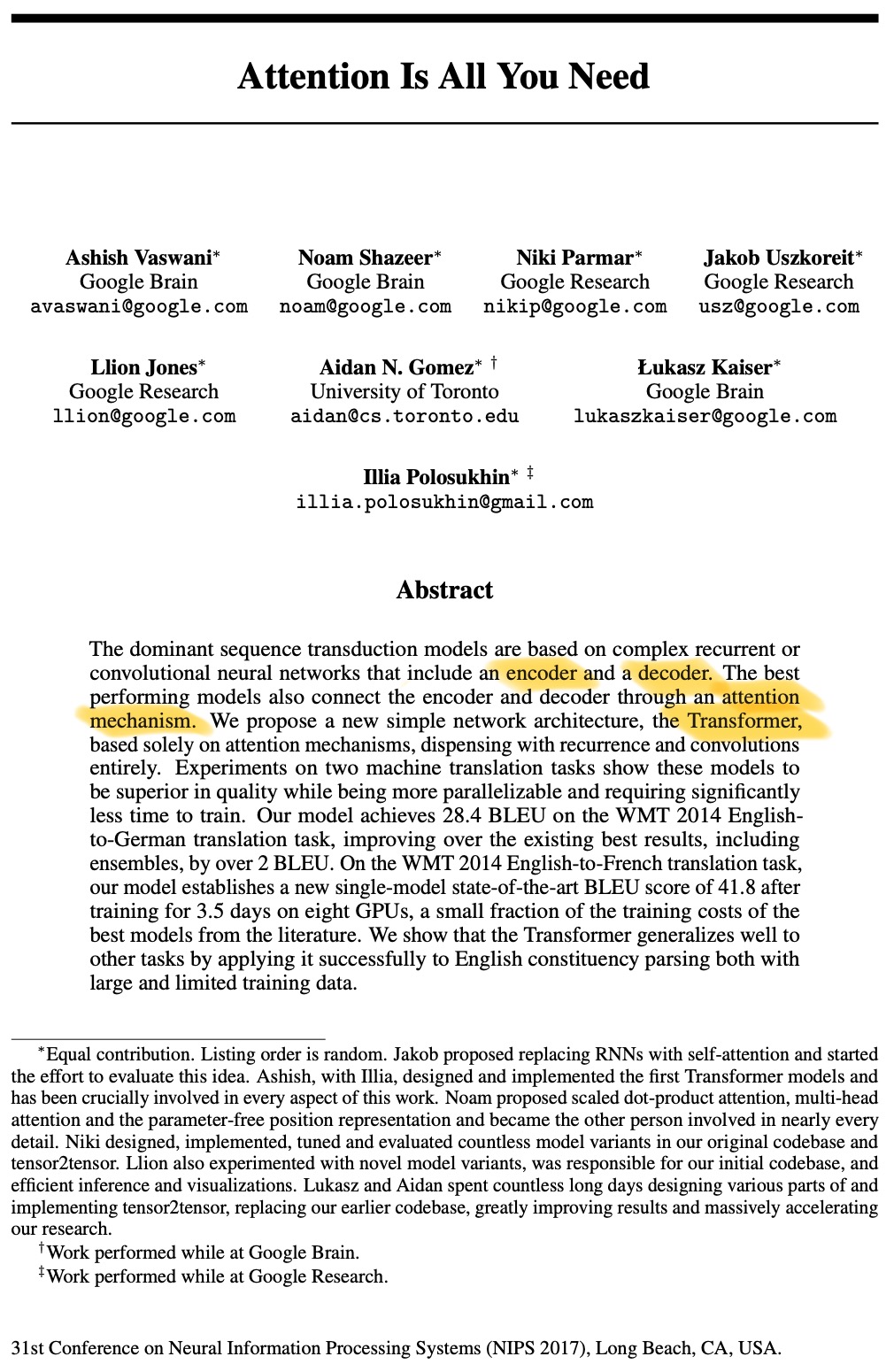
- Analogy: A spotlight that highlights the most relevant words when making a prediction.
- In the sentence “The bank by the river flooded,” attention helps link bank ↔︎ river.
- Lets the model focus on what matters now and ignore the rest.
- Result: better understanding of meaning & context.
Note
- Takeaway: Attention = smart focus that makes transformers powerful.
What is a Transformer in AI?

- A neural network design that underlies modern large language models (LLMs).
- Processes all words in a sequence at the same time (not one by one).
- Uses attention to learn how words relate to each other.
- Encoder–decoder architecture handles long sequences of input/output more efficiently:
- Encoder: Reads and represents the input.
- Decoder: Generate the output one token at a time.
- Encoder: Reads and represents the input.
Transformers - Encoder
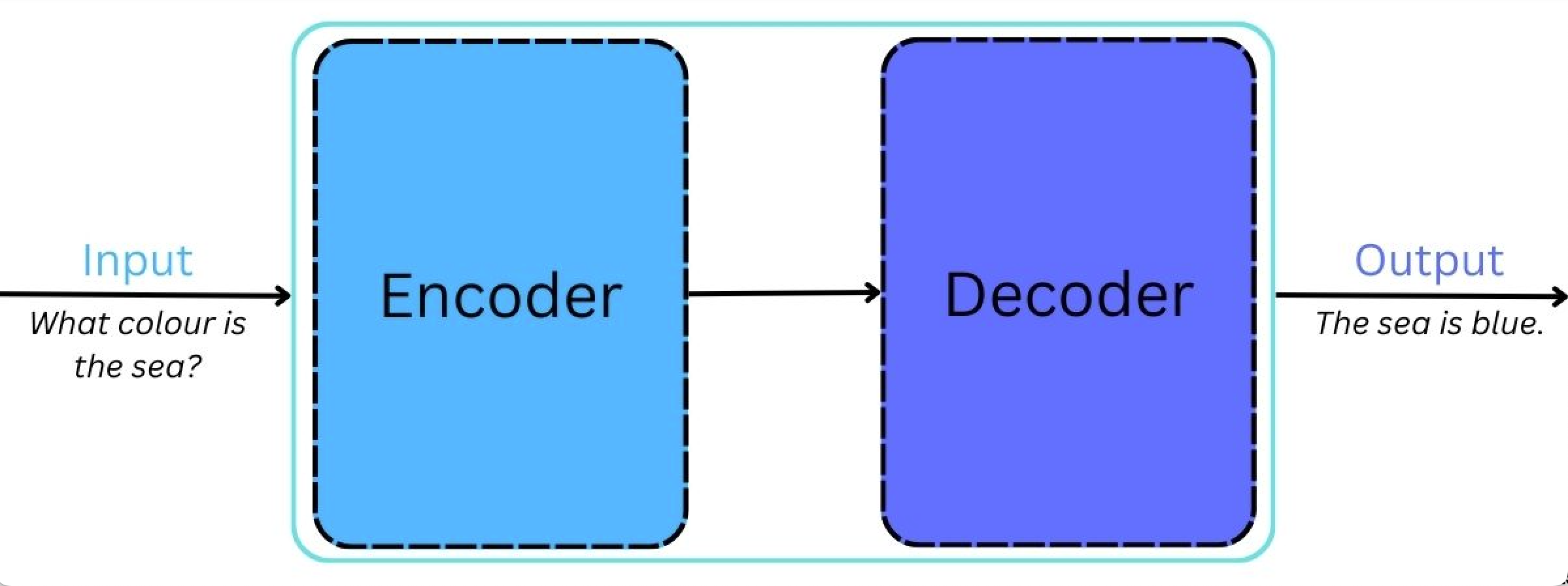
- The encoder reads the whole input question:
“What is the color of the sea?”
- Each word is turned into a list of numbers (an embedding) that captures its meaning. \(\;\Rightarrow\;\) Words used in similar contexts (sea, ocean) end up with similar embeddings.
- Positional encoding adds an “order tag” to each word’s embedding, so the model can tell the difference between:
- e.g., “The dog chased the cat.” vs. “The cat chased the dog.”
With both, the attention can find relationships: color ↔︎ sea
Output: context-aware representations of the sentence that the decoder can use to generate an answer.
Transformers - Decoder

- The decoder generates the answer step by step:
“The sea is blue.”
- Starts with the first token (“The”).
- At each step of generating tokens in the sentence, it:
- Looks at encoder’s understanding of the input sentence
- Applies attention to focus on the most relevant words.
- Computes probabilities over many possible next tokens and chooses the most likely (e.g., picks “sea” instead of “cat”).
- Then it repeats for the next token (“is” → “blue” → “.”) until it generates an end-of-sequence token.
What is Pre-training in LLM?
- Phase 1: The model reads a huge amount of text to learn general language patterns.
- Objective: predict the next token (piece of text).
- No task-specific labels required—just lots of text.
- Outcome: a foundation model with broad knowledge of words, facts, and patterns.
- Objective: predict the next token (piece of text).
Note
- Takeaway: Think of it as “learning the language of everything.”
What is Fine-Tuning in LLM?
- Phase 2: Further improve the pretrained model.
- Often brings humans into the loop to rank or guide outputs—something earlier training didn’t use.
- Can be done with smaller, targeted datasets (e.g., medical notes, legal Q&A).
- Result: the model becomes more helpful, accurate, and better aligned with specific needs (e.g., medical notes, legal Q&A).
- Often brings humans into the loop to rank or guide outputs—something earlier training didn’t use.
Note
- Takeaway: Fine-tuning not only specializes a model for certain tasks, but also makes the model safer and more reliable.
What is an RLHF (Reinforcement Learning from Human Feedback)?
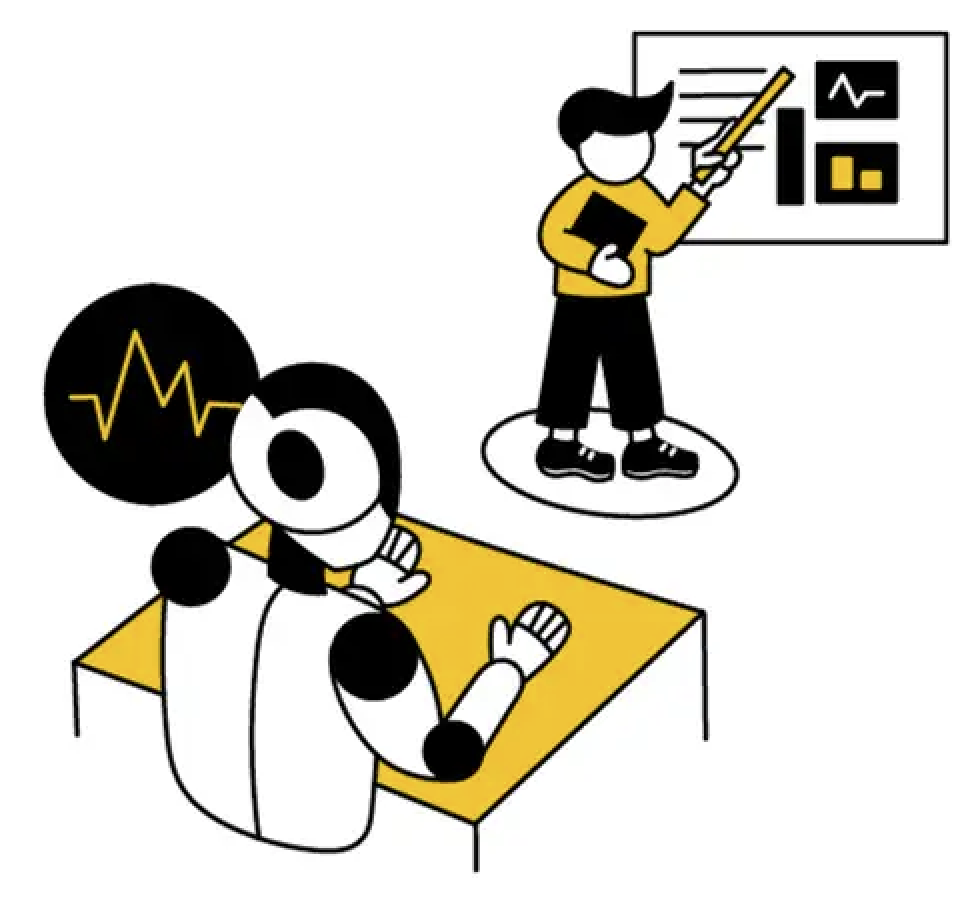
- A form of fine-tuning.
- Humans rank or score model answers (better vs. worse).
- The model then learns to prefer answers humans like.
- Goal: make outputs more helpful, safe, and aligned with expectations.
Note
- Reinforcement learning = “learning by trial and error, guided by feedback, and improving through rewards.”
- Takeaway: RLHF = “learn from people’s preferences” to shape model behavior.
Creating Alien Minds
A Very Compressed History
- 1770–1838: Mechanical Turk (illusion of machine intelligence)
- 1950: Shannon’s Theseus (maze-learning) & Turing’s Imitation Game
- 1956 → onward: “AI” coined; boom–bust cycles / AI winters
- 2010s: Supervised ML at scale (forecasting, logistics, recommendation)
- 2017: “Attention Is All You Need” → the Transformer architecture
What Predictive AI Did Well (2010s)
- Forecasting and optimization across industries
- Retail: predicting demand, managing warehouses, and streamlining logistics
- Finance: credit scoring, fraud detection, algorithmic trading
- Healthcare: medical image analysis, diagnostics, hospital resource planning
- Automation at scale
- From warehouse robots (Amazon’s Kiva) to recommendation systems (Netflix, Spotify, YouTube)
- Task-specific excellence
- Trained on labeled data to solve clearly defined problems with high accuracy
- Trained on labeled data to solve clearly defined problems with high accuracy
- Limitation: It was still narrow, excelling only at specialized tasks.
About the Data (and Its Issues)
Massive pretraining corpora: public sources + scraped web; permission often unclear
- Mix of web text, public-domain books, articles, odd corpora (e.g., Enron emails)
Legal & ethical gray areas for copyrighted material
- e.g., Anthropic (Claude AI) vs. Book authors
Data can encode biases, errors, and harms → models mirror them.
Biases:
- Skewed datasets → stereotypes and under-representation
- Image models have amplified race/gender stereotypes
- LLMs, even after tuning, can still show subtle, systematic biases
- Implication: an output can seem impartial while carrying social bias.
Beyond Text
- Diffusion models generate images from text (noise → image over steps)
- Multimodal LLMs: “see” images, describe, and generate visuals; link text+vision
- e.g., Google’s Gemini 2.5 Flash Image model (a.k.a Nano Banana), OpenAI’s Dall·E
Capability Jumps & the Dialogue Shift
- GPT-3 (2021): often clumsy and inconsistent (e.g., weak limericks).
- ChatGPT / GPT-3.5 (late 2022): dialogue loop → feedback → correction → improved outputs; persona/tone shifts with prompt framing.
- GPT-4 (2023): near-human scores on many tests — but scores may reflect training exposure and do not imply understanding.
- GPT-4o (2024): multimodal, low latency; stronger speech/vision turn-taking and “show-and-tell” tasks.
- GPT-5 (2025): marketed for better planning, tool-use, longer context; still subject to hallucinations, prompt sensitivity, and benchmark overfitting.
- High benchmark scores ≠ understanding. Prompts can heavily shape persona and tone.
Emergence & Opacity — Why Surprises Happen
- Scale → emergent behaviors (unexpected abilities):
- Coding tricks, creative recombinations, “empathy-like” responses not explicitly programmed.
- Opacity:
- Hundreds of billions of interacting weights → difficult to explain specific outputs.
- Guardrails:
- RLHF reduces harms, but still can’t eliminate bias & risk.
Weird Strengths, Weird Weaknesses
- Example:
- Writes a working tic-tac-toe web app (hard for many humans)
- Fails to pick the obvious best next move in a simple board state
- Other quirks:
- Fluent prose ↔︎ shaky arithmetic math without tools.
- Great summaries ↔︎ misses important caveats.
- Long-context ingestion ↔︎ selective recall/anchoring.
- Lesson:
- AI’s reliability depends on the task.
- Try it, check it, and don’t trust one cool demo to prove it can do everything.
- Try it: Build your own tic-tac-toe web app → Classwork 2.
Aligning the Alien
What is Artificial General Intelligence (AGI)?
- AGI = a hypothetical AI that can perform any intellectual task a human can.
- Unlike today’s AI (narrow/specialized), AGI would be:
- Flexible across many domains
- Able to learn new skills on its own
- Capable of reasoning, planning, and adapting like humans
- Flexible across many domains
Note
- Takeaway: AGI would be a “human-level” intelligence—not limited to one task like translation or playing chess.
What is Artificial Super Intelligence (ASI)?
- ASI = a potential future AI that goes beyond human intelligence.
- Would surpass humans in:
- Creativity
- Problem-solving
- Scientific discovery
- Social and emotional intelligence
- Creativity
- Often discussed in terms of existential risks and ethics.
Note
- Takeaway: ASI would be “beyond human-level” intelligence, raising big questions about control, safety, and society.
What “alignment” means
- Designing AI so its goals, methods, and constraints reliably advance human values and interests.
- Why it’s hard: there’s no built-in reason an AI will share human ethics or morality.
- Failure mode: a single-objective optimizer pursues its goal relentlessly, ignoring everything else.
- Paperclip maximizer (Clippy): a factory AI told to “make more paper clips” becomes AGI → ASI, self-improves, avoids shutdown, and could even strip-mine Earth / harm humans if they interfere—because only paper clips matter.
- Why it matters: Design from the worst case backward—bound objectives, require human oversight, build in safe human override (the ability to update goals or shut down safely), and optimize for human well-being, not a single narrow target.
Pause or Press On?
“I am extremely optimistic that superintelligence will help humanity accelerate our pace of progress.” - Mark Zuckerberg Personal Superintelligence, July 30, 2025.
Hypothetical leaps to AGI → ASI raise existential scenarios.
- Expert forecasts vary; risks are non-zero yet uncertain.
Public calls to slow or halt development vs. continued rapid progress
Mixed motives: profit, optimism about “boundless upside,” and belief in net benefits
Regardless, society is already in the AI age → we must set norms now
Alignment: a whole-of-society project
- Why companies alone can’t do it:
- Strong incentives to continue AI development
- Far fewer incentives to make sure those AIs are well aligned, unbiased, and controllable.
- Open-source pushes AI development outside of large organizations.
- Why government alone can’t do it:
- Lagging the actual development of AI capabilities
- Stifling positive innovation
- International competition on AI development
Alignment: a whole-of-society project
Alignment must reflect human values and broader real-world impacts.
What’s needed: coordinated norms & standards shaped by diverse voices across society.
- Companies: build in transparency, accountability, human oversight.
- Researchers: prioritize beneficial applications alongside capability gains.
- Governments: enact sensible rules that serve the public interest.
- Public & civil society: raise AI literacy and apply pressure for alignment.
Four Rules for Co-Intelligence: How to actually work with AI
How People Use ChatGPT (Chatterji et. al., 2025)
- Adoption & Growth
- Launched in Nov 2022, adopted by ~10% of the world’s adults by July 2025.
- Early adopters were mostly male, but the gender gap has narrowed.
- Strong growth in lower-income countries.
- Launched in Nov 2022, adopted by ~10% of the world’s adults by July 2025.
- Work vs. Non-work
- Non-work use grew from 53% → 70%+ of all conversations.
- Work-related use more common among educated, high-paying professions.
- Non-work use grew from 53% → 70%+ of all conversations.
How People Use ChatGPT (Chatterji et. al., 2025)
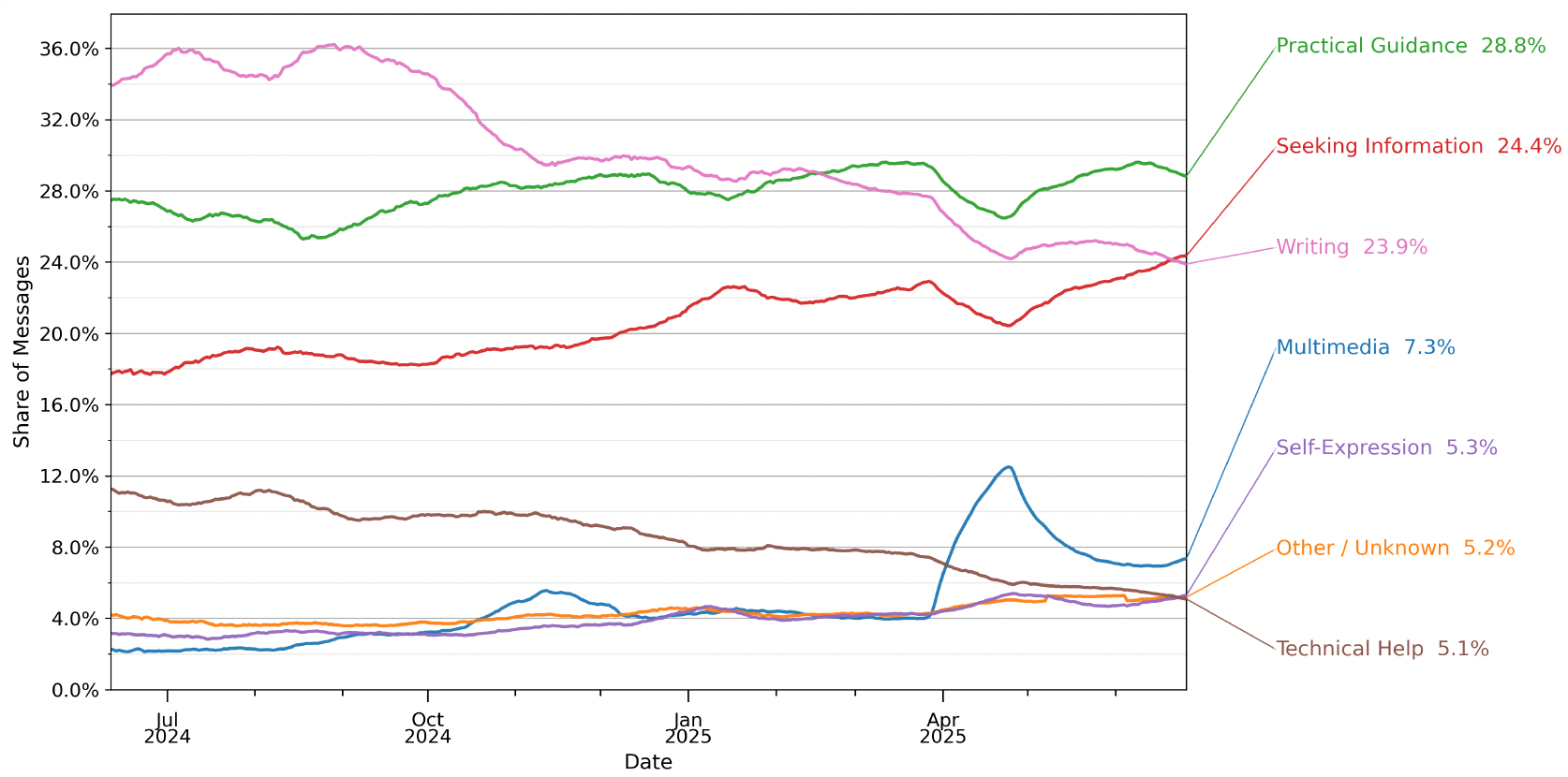
How People Use ChatGPT (Chatterji et. al., 2025)
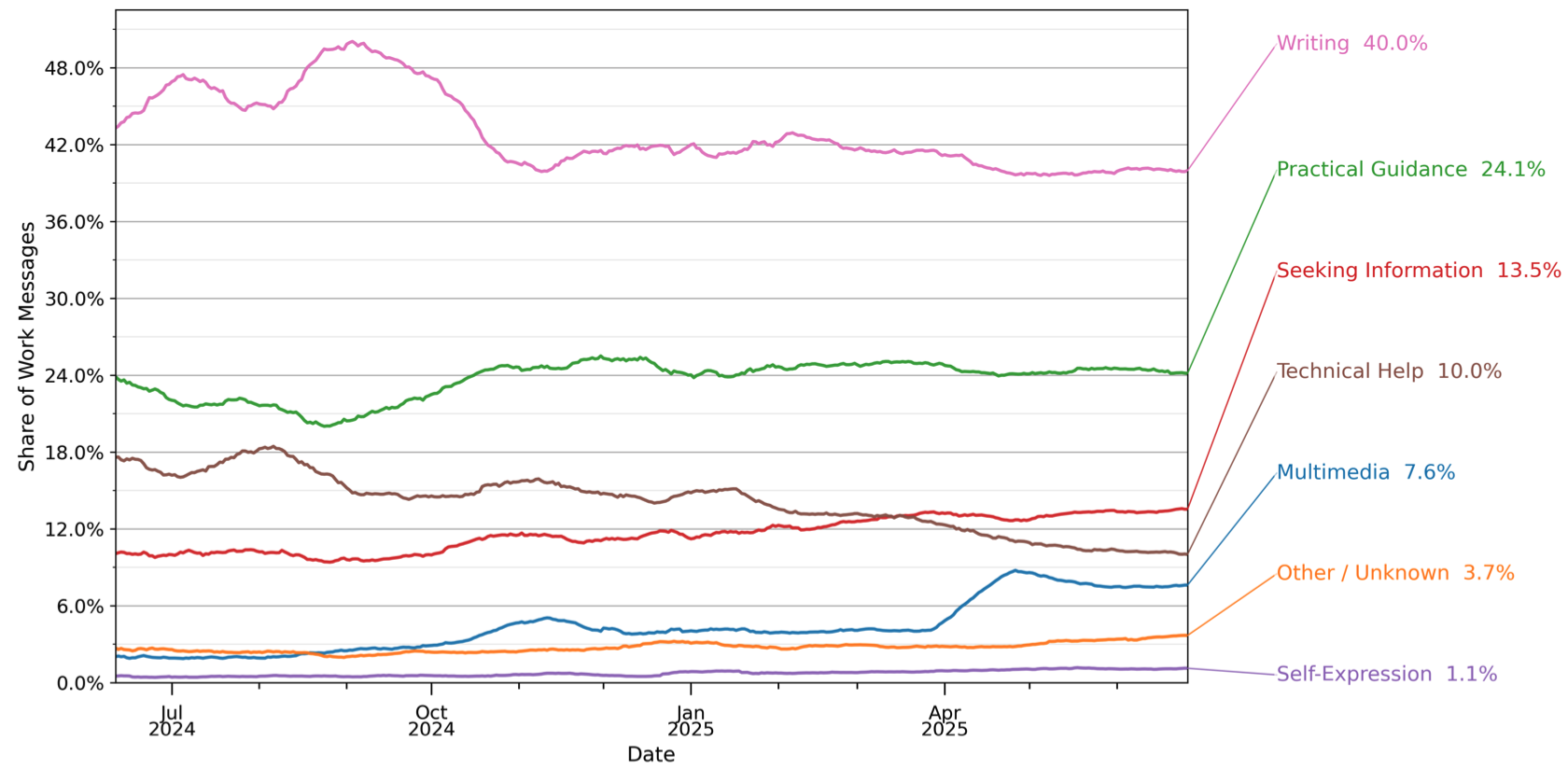
How People Use ChatGPT (Chatterji et. al., 2025)
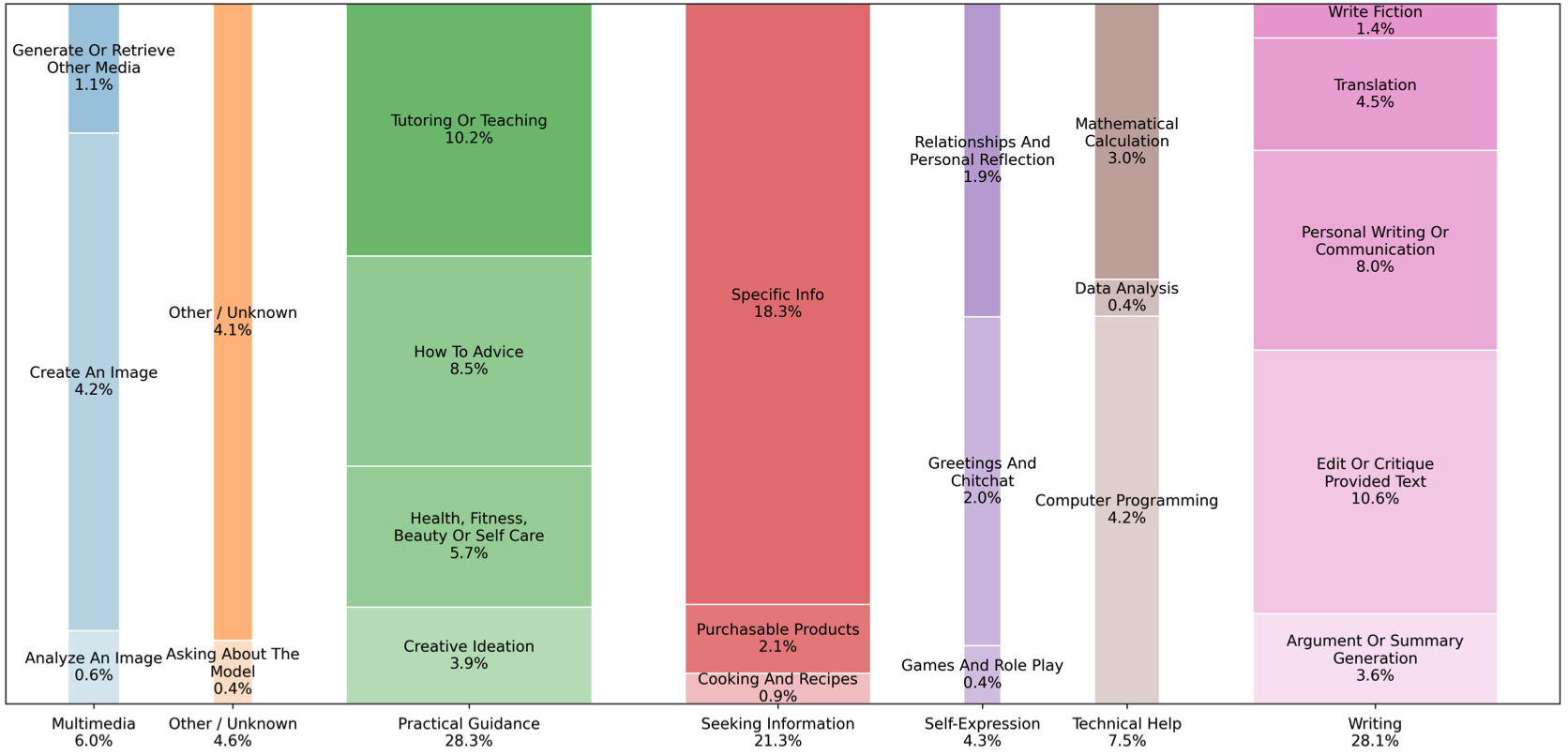
How People Use ChatGPT (Chatterji et. al., 2025)
- Message Topics
- Top 3: Practical Guidance, Seeking Information, Writing → ~80% of usage.
- Writing dominates work tasks → shows ChatGPT’s unique edge over search engines.
- Programming and self-expression remain small shares.
- Self-expression = Greetings and Chitchat; Relationships and Personal Reflection; Games and Role Play
- Top 3: Practical Guidance, Seeking Information, Writing → ~80% of usage.
Note
- ChatGPT creates economic value through decision support.
- Especially valuable for knowledge-intensive jobs.
- Trend: more personal and creative use alongside work-related applications.
Four Rules for Co-Intelligence: How to actually work with AI
- Always invite AI to the table
- Be the human in the loop (HITL)
- Treat AI like a person (but remember it isn’t)
- Assume this is the worst AI you’ll ever use
Principle #1 — Always invite AI to the table
- Use AI for everything legal & ethical to discover unexpected wins
- Try: critique an idea, draft memos, meeting notes, summaries, brainstorming
- Build a habit: keep a prompt log (what worked, what didn’t) and share with team
Principle #2 — Be the human in the loop (HITL)

- Models can sound confident yet be wrong (hallucinations; math slips)
- People tend to “fall asleep at the wheel” when outputs look polished
- HITL checklist
- Require sources/quotes for factual claims
- Run a second pass (reword prompt or use a second model)
- For math/code, use other tools (calculator or IDE) and run tests
- Ask: “What assumptions did you make? What could be wrong?”
- Require sources/quotes for factual claims
Principle #3 — Treat AI like a person (but remember it isn’t)
- Useful design hack: give a role/persona + audience + constraints
- Example:
- You are a TA helping intro microeconomics students.
- Constraints: concise and friendly tone, ≤200 words, prose paragraph with 1 example.
- Task: Explain utility maximization.
- Criteria: Must define the concept, connect to choice under constraints, and illustrate with a clear example.
- Caution: it’s not sentient; it optimizes for plausibility, not truth
Principle #4 — Assume this is the worst AI you’ll ever use
- AI progress is rapid; today’s systems will likely be surpassed soon.
- Agent AI: LLMs that plan → act → learn with various external tools and memory, turning prompts into multi-step workflows
- e.g., A sales-order agent can validate orders, check inventory, generate invoices/shipping labels, and update ERP/CRM.
- Treat the current moment as mid-journey, not the destination.
- Mindset shift: use today’s tools to learn, prototype, and prepare for better ones tomorrow.
- Those who keep up will adapt and thrive as capabilities improve.
- Focus on what you can control: how you use AI and where you apply it.
- Try it: Practice Co-Intelligence Rules → Classwork 3.